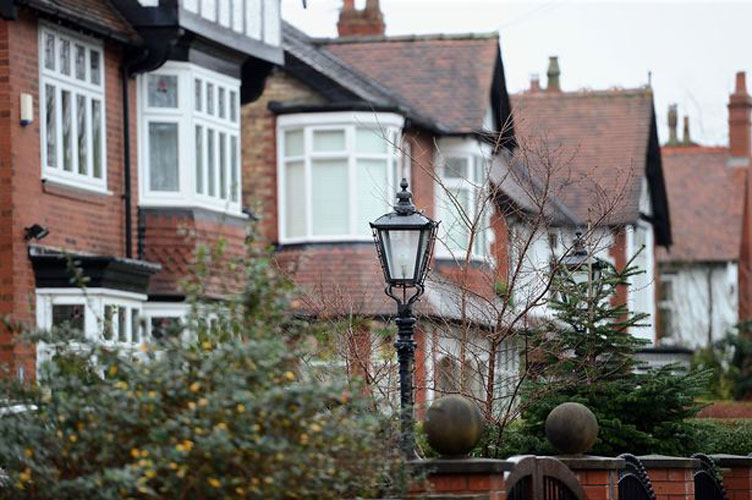The effect of June’s vote to leave the EU have been wide ranging, and the house market is no exception.
House prices in England rose by average of 9.3 per cent in the year to June but government figures for July – the first month after the vote – showed a national month-on-month rise of just 0.4 pc.
And figures show how parts of Greater Manchester are among those which voted for Brexit have been hit harder by the house-price slowdown.
According to the data, house prices actually fell in 47 towns and cities across the UK, and now it has emerged that 40 of those 47 areas voted to leave the European Union.
In Greater Manchester, Rochdale -where some 60.1 pc of people in the town voted ‘out’ in the referendum – the average house price dropped by £1,217 to £122,008 in July.
Fifty-four per cent of people voted to leave the European Union in Bury and the following month saw a prices fall by £1,126 to £151,716.
The figures show that, of the 47 places that saw house prices fall in July, more than 85 pc voted for Brexit.
However, of the 278 places that saw prices stay the same or rise, only 74 pc voted for Brexit.
Manchester, Trafford and Stockport – which all voted remain – saw prices rise by £2,222, £1,344 and £4,088 respectively.
It was in the north east howevr, where the biggest depreciation was found, in Ribble Valley, where house prices dropped by 3.5 pc – or £7,750 – in July.
Ribble Valley voted leave by 56.4 pc to 43.6 pc.
While most experts agree it is too early to judge the long-term impact of the vote on house prices, the analysis does suggest leave areas have suffered disproportionately from drops so far.
Both Countrywide and the Centre for Economics and Business Research have suggested Brexit and other pressures mean prices will fall slightly in 2017 before a possible recovery in 2018.


